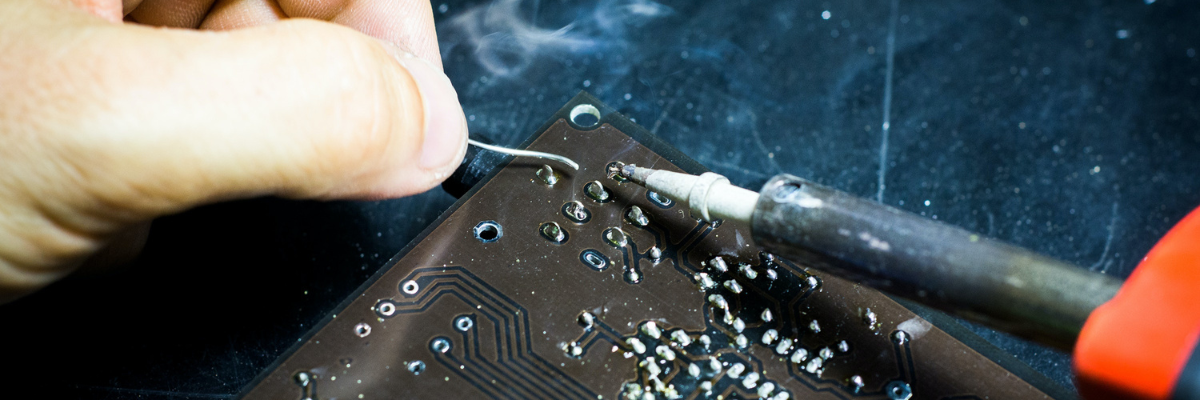

PCBs or printed circuit boards being crucial and core parts of electrical and electronic devices and integral to their functioning need to be not only designed accurately but also protected from spillages, external damages, and more. So, core copper layer of a board is masked with a layer of protective material mostly of some polymer or resin to protect the soldered bridges and joints from oxidation, dust, contamination, and so on. This is applied on both sides of the board. In case of double sided boards, the copper layer stays between the layers of dielectric material, and the same sandwich process is followed for all the layers. So, masking covers the entire board including the dielectric and copper layers. This masking process is of broadly two types- solder mask and paste mask. So, what is the difference between PCB solder mask vs. paste mask, and how is the right method decided. This post offers insights on the differences between PCB solder mask vs. paste mask.
As mentioned, solder mask is a lacquer-like polymer coat applied on the copper layer of the board. Mostly, it is green in color. However, depending on application specifications or business requirement, it may be blue, red, black, white, and so on. These masks when applied are in liquid form mostly comprising photoimageable fluid, epoxy, or some other polymer. This is done by spraying or silkscreen printed.
Also known as stencil, the paste mask is a paste made of tin, which is applied on to the SMD pads. This process is automated and performed on an assembly. While the process can be done manually, it is tedious. The application and removal of the excess paste depends on the component mounting method used, such as for surface mount devices (SMD), thru-hole mounting, and so on.
The above definitions may give a basic idea about both these PCB masking methods. This segment offers more clarity and core differentiating factors between these solder mask and paste mask. Here are some pointers.
Masking your circuits boards using the right materials is just as crucial as the board design and fabrication processes. If you are an OEM who manufactures electromechanical devices and need to partner with a PCB manufacturer, ensure they have enough experience. Also, make sure they understand your requirements and customize accordingly. If you are new in this segment and not sure of the design, processes, and materials required for your PCBs, look for a full services manufacturer who offers end-to-end services. Twisted Traces is a custom circuit board manufacturer offering end-end services from ideation, design, fabrication, soldering, masking, testing, installation and aftersales. The company uses advanced PCB manufacturing processes, materials, and fabrication techniques.